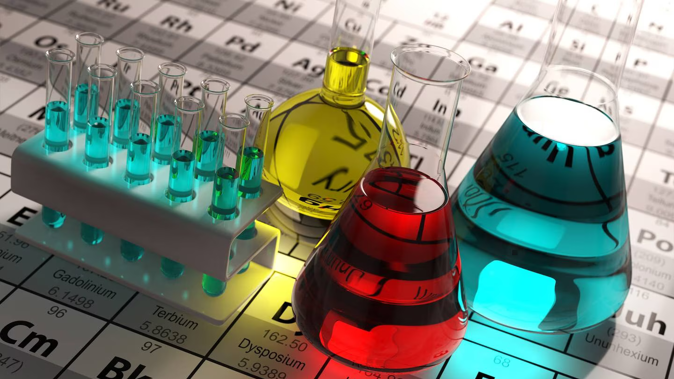
Online school Te Kura has announced it will withdraw the corrosive powder sodium hydroxide from science kits it sends to school kids after one student was badly burned and needed a skin graft.
A teenage boy enrolled at Te Kura was burned by sodium hydroxide supplied in a kit for use in a level 1 NCEA science experiment.
The corrosive alkali came in contact with his skin, and when he rinsed with water it caused a reaction and further burning.
In an email to the Herald yesterday from Te Kura, sodium hydroxide was described as “safe to handle in small quantities and very commonly used in science experiments in New Zealand schools”.
“A decision on the continued use of sodium hydroxide in this work box will be taken after we have a fuller understanding of what happened in this incident,” yesterday’s email said.
But in an email this afternoon the school said it had already decided earlier in the year it would withdraw all substances with “a hazardous nature but with potential educational utility” from its science kits from next year.
This would include sodium hydroxide.
The kits, which are sent with gloves and safety glasses, were sent by courier to 156 homes this year.
An industrial chemist who also worked as an NCEA chemistry teacher said he was shocked sodium hydroxide had been sent into homes.
He said it was highly corrosive and the powder, which was sent to homes, was 10 times more potent than the liquid.
“In the lab, we use it in small amounts with all of the safety gear, gloves, glasses and coats,” he said.
“In the solid powdered form, it is 10 times more potent than the liquid and in the class, only the teacher would handle the powder.”
The Ministry of Education was aware of the incident and was providing support to the school and to the boy and his family.
“Like all schools, Te Kura set their own policies and procedures to enable them to meet their obligations under the Health and Safety at Work Act,” the Ministry of Education’s Sean Teddy said.
“Our guidance for schools and kura around safety in science can be found on TKI [Te Kete Ipurangi website] and includes health and safety guidelines that should be observed for alkalis including sodium hydroxide.”
The safety guidelines on TKI, link through to the Material Safety Data Sheet which includes danger warnings with numerous outcomes including eye and skin burns, blindness, deep and penetrating ulcers of the skin and if ingested severe and permanent damage to the digestive tract.
The school reported the incident to WorkSafe on October 30.
A WorkSafe spokesman confirmed WorkSafe had been notified and was making initial inquiries.
He said it was “not an investigation at this stage”.
Take your Radio, Podcasts and Music with you









